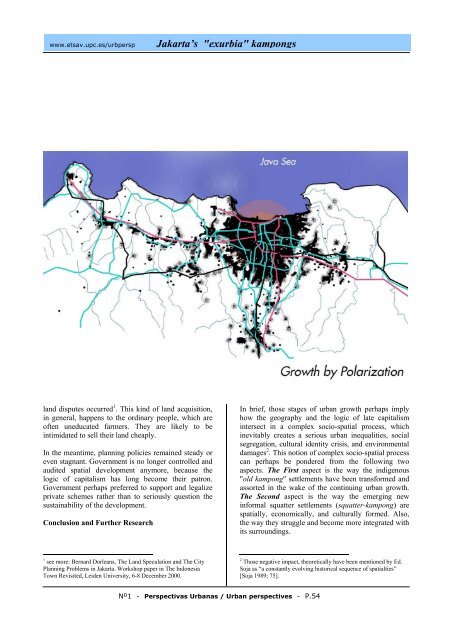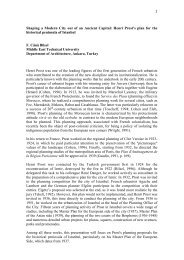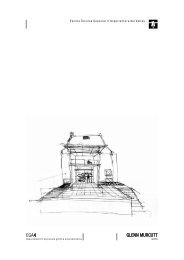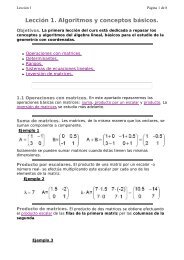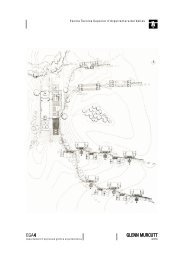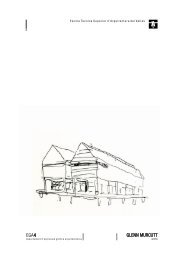You also want an ePaper? Increase the reach of your titles
YUMPU automatically turns print PDFs into web optimized ePapers that Google loves.
www.etsav.upc.es/urbpersp Jakarta’s "exurbia" kampongs<br />
land disputes occurred 1 . This kind of land acquisition,<br />
in general, happens to the ordinary people, which are<br />
often uneducated farmers. They are likely to be<br />
intimidated to sell their land cheaply.<br />
In the meantime, planning policies remained steady or<br />
even stagnant. Government is no longer controlled and<br />
audited spatial development anymore, because the<br />
logic of capitalism has long become their patron.<br />
Government perhaps preferred to support and legalize<br />
private schemes rather than to seriously question the<br />
sustainability of the development.<br />
Conclusion and Further Research<br />
1 see more: Bernard Dorleans, The Land Speculation and The City<br />
Planning Problems in Jakarta. Workshop paper in The Indonesia<br />
Town Revisited, Leiden University, 6-8 December 2000.<br />
Nº1 - Perspectivas Urbanas / Urban perspectives - P.54<br />
In brief, those stages of urban growth perhaps imply<br />
how the geography and the logic of late capitalism<br />
intersect in a complex socio-spatial process, which<br />
inevitably creates a serious urban inequalities, social<br />
segregation, cultural identity crisis, and environmental<br />
damages 2 . This notion of complex socio-spatial process<br />
can perhaps be pondered from the following two<br />
aspects. The First aspect is the way the indigenous<br />
"old kampong" settlements have been transformed and<br />
assorted in the wake of the continuing urban growth.<br />
The Second aspect is the way the emerging new<br />
informal squatter settlements (squatter-kampong) are<br />
spatially, economically, and culturally formed. Also,<br />
the way they struggle and become more integrated with<br />
its surroundings.<br />
2 Those negative impact, theoretically have been mentioned by Ed.<br />
Soja as “a constantly evolving historical sequence of spatialties”<br />
[Soja 1989; 75].


